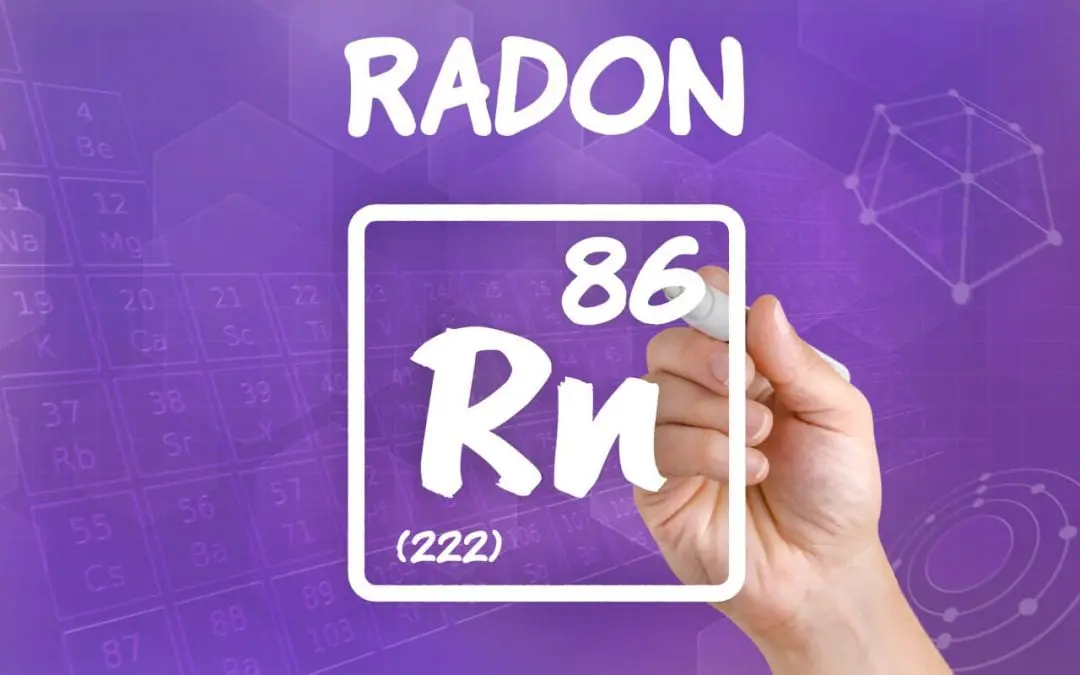What is Radon?
Radon is a radioactive gas that is difficult to detect because it is colorless and odorless. Radon naturally forms from the breakdown of radioactive elements in the soil. It seeps up through the ground and into your home, entering your basement or lower level via wall or foundation cracks. Radon can also seep into a home through cracks and gaps around construction joints or loose-fitting pipes.
Why is Radon in the Home Dangerous?
Exposure to elevated levels of radon causes lung cancer. It’s estimated that more than 21,000 people in the United States die every year from lung cancer caused by radon gas. Everyone in your home is at risk when levels are high. It should be noted, though, that young children, elderly people, and anyone with an already compromised immune system are at higher risk of health issues due to radon.
Any Area Can be a Source of Radon in Your Home
A common misconception is that certain parts of the country are more at risk than others. While all regions vary in terms of radon levels, radon can exist anywhere, though its prevalence depends on variables like atmospheric conditions and soil composition. The best way to protect yourself is to get your home tested.
Test Your Home
DIY radon tests are sold online and in local hardware stores, however, it’s not recommended that you test for radon on your own. Inaccurate results are common when using a store-bought radon test. You might not seal the house properly or you may not test for the correct amount of time. Your best option is to call in a radon expert to perform the testing for you. A professional has the experience and knowledge to accurately administer and interpret test results.
Getting Rid of Radon in the Home
If testing reveals high levels of radon gas, the next step is reducing radon in the home. A mitigation expert will design a system to accomplish this. These systems continuously vent radon from your living spaces. Your professional will also seal up walls and foundation cracks to prevent radon from cycling back into the house and accumulating to unsafe levels.
Drew Inspection Service provides home inspection services, including radon testing, to customers in western South Dakota. Contact us to schedule an appointment.

